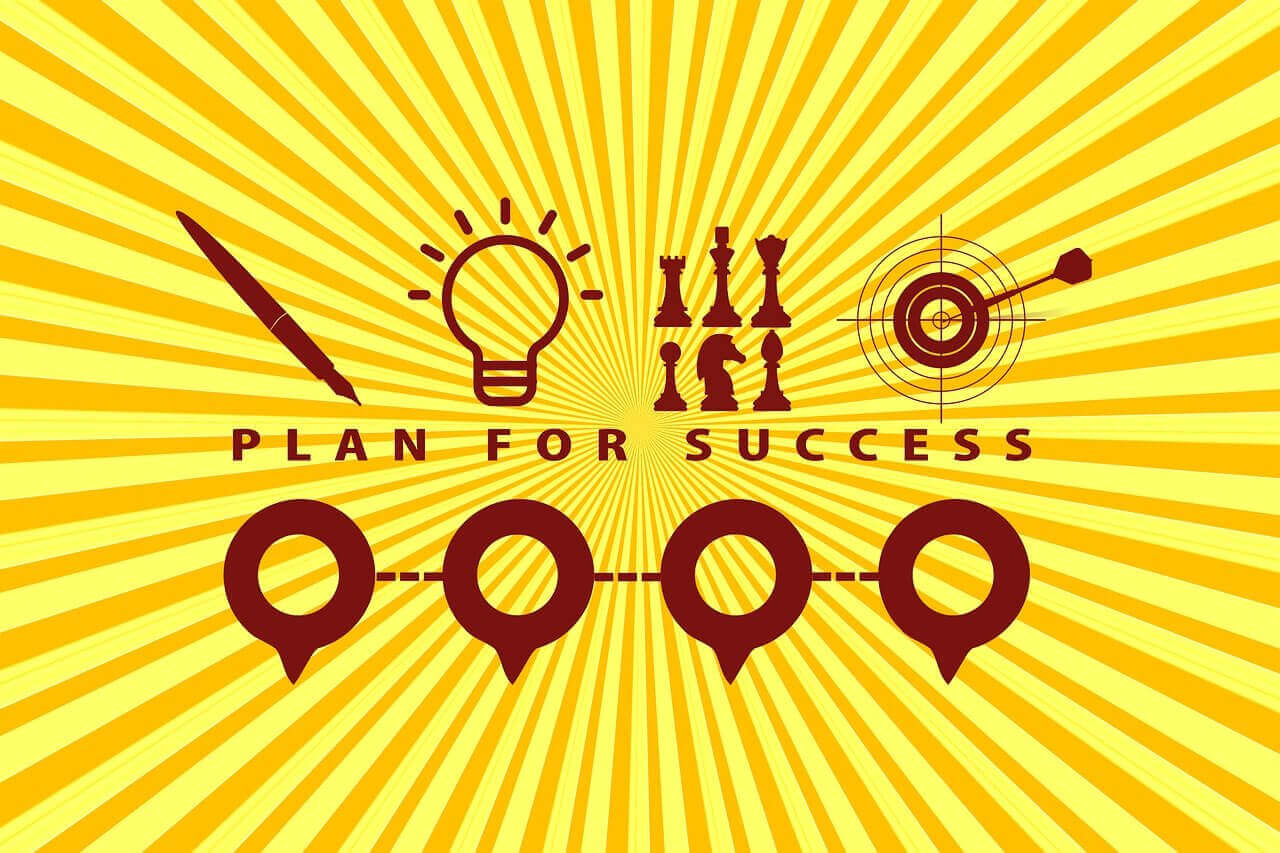Learn how to generate and launch a successful business idea with these tips and steps. From identifying a problem to seeking feedback and testing your idea, this post covers everything you need to know to turn your idea into a profitable business.

Creating and launching a business idea can be a daunting task, but with careful planning and execution, it can be done successfully. Here are some steps to help you get started:
- Identify a need: Look for a problem or need that people have, and determine whether there is a gap in the market that your business idea can fill.
- Conduct market research: Research the market to understand your target audience, their needs, preferences, and behaviors. Identify your competitors, their strengths and weaknesses, and find ways to differentiate your business.
- Develop a business plan: Create a comprehensive business plan that outlines your business model, target audience, marketing strategy, financial projections, and any other key aspects of your business.
- Secure funding: Identify your financing needs, and secure funding from investors, loans, or other sources.
- Build a team: Assemble a team of talented and committed individuals who can help you execute your business plan.
- Develop a prototype: Develop a prototype or minimum viable product (MVP) to test your idea and gather feedback from potential customers.
- Launch your business: Launch your business, market your product or service, and continually iterate and improve based on customer feedback.
Remember, launching a business takes hard work, dedication, and perseverance. But with the right idea and execution, it can be a rewarding and fulfilling journey.

The Idea
Here are some tips that can help you generate business ideas:
- Identify a problem: Look for a problem or need that people have, and think of ways you can solve it. Think about the things that you wish you had or the things that frustrate you, and brainstorm potential solutions.
- Look for market gaps: Research the market and identify areas where there is a gap or an unmet need. Consider the trends, changes, and emerging technologies that can create new opportunities.
- Think about your passions and skills: Identify your passions and skills, and think of ways you can turn them into a business. Consider your hobbies, interests, and expertise, and think of how you can monetize them.
- Ask for feedback: Ask your friends, family, and colleagues for feedback on your business ideas. Their input can help you refine your ideas and make them more viable.
- Consider your target audience: Think about the people who will be using your product or service, and consider their needs, preferences, and behaviors. Develop a product or service that meets their needs and solves their problems.
Remember, a successful business idea is not just about having a great idea, but also about executing it effectively. Once you have an idea, make sure to conduct market research, create a solid business plan, and secure funding before launching your business.
Steps to Produce an Idea
Producing an idea can be a creative and challenging process, but here are some steps you can follow to help you generate ideas:
- Gather information: Start by researching the market, trends, and technologies related to your area of interest. Read books, blogs, and news articles to gain a better understanding of the industry.
- Identify the problem: Look for a problem or need that people have and think of ways to solve it. Consider the things that frustrate you or others, and brainstorm potential solutions.
- Brainstorm: Set aside some time to brainstorm ideas. Write down as many ideas as possible, without judging or censoring them. Encourage creativity and let your imagination run wild.
- Evaluate your ideas: Once you have a list of ideas, evaluate them based on factors such as feasibility, market potential, and your own interest and expertise. Narrow down your list to the most promising ideas.
- Refine your idea: Once you have identified your most promising idea, refine it by developing a detailed plan. Determine the target audience, value proposition, and unique selling points of your idea.
- Seek feedback: Share your idea with friends, colleagues, or mentors and get their feedback. Consider their suggestions and incorporate them into your plan.
- Test your idea: Develop a prototype or minimum viable product (MVP) to test your idea and gather feedback from potential customers.
Remember, generating a good idea takes time and effort. Don’t be afraid to explore new areas and be open to feedback and criticism. Keep refining and testing your idea until it is ready to be launched.

Characteristics of a Successful Idea
The characteristics of a successful idea can vary depending on the industry and market, but here are some common traits that successful ideas often have:
- Solves a problem: A successful idea usually addresses a problem or need that people have. The more significant the problem and the more pressing the need, the more successful the idea is likely to be.
- Unique: A successful idea is often unique and differentiated from existing solutions. It offers a new approach or perspective that sets it apart from the competition.
- Scalable: A successful idea can be scaled up to meet growing demand. It has the potential to grow and expand into new markets, industries, or geographies.
- Meets a market demand: A successful idea meets a market demand and has a large enough target audience. The idea should have a potential customer base that is willing to pay for the product or service.
- Profitable: A successful idea has the potential to generate profits for the business. The idea should have a reasonable profit margin and a clear path to monetization.
- Feasible: A successful idea is feasible and can be executed with the available resources, skills, and technology. The idea should be technically and financially viable.
- Sustainable: A successful idea is sustainable in the long term. It should be able to adapt to changing market conditions and trends, and have a positive impact on the environment, society, or the economy.
Remember, not all successful ideas have all of these characteristics, but having most of them can increase the chances of success. It is essential to conduct market research, validate your idea, and continuously iterate and improve based on feedback from customers and the market.